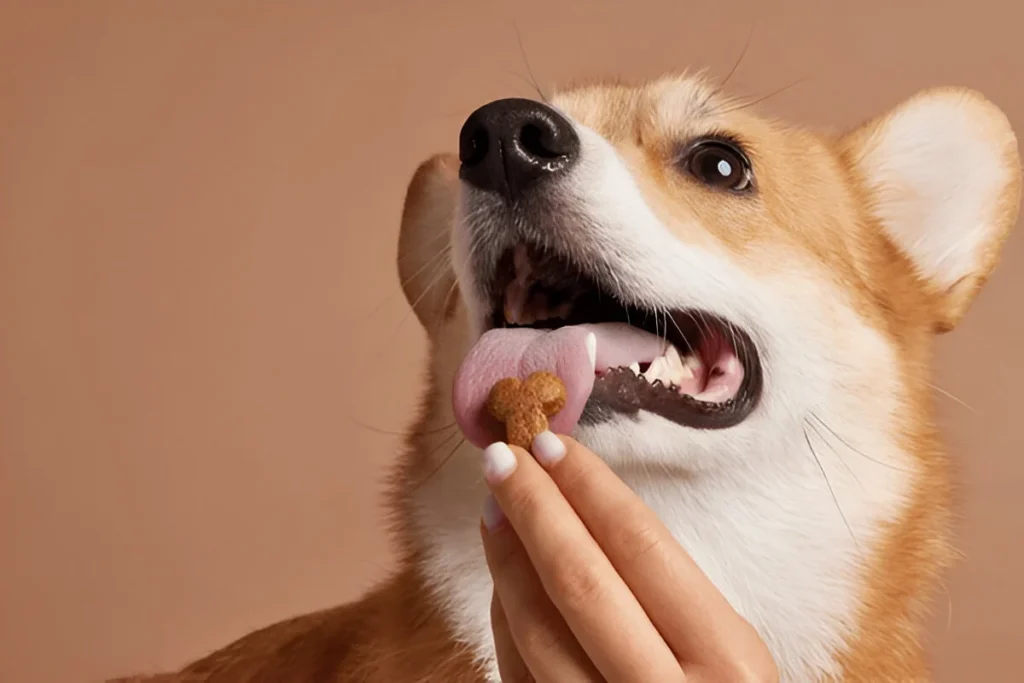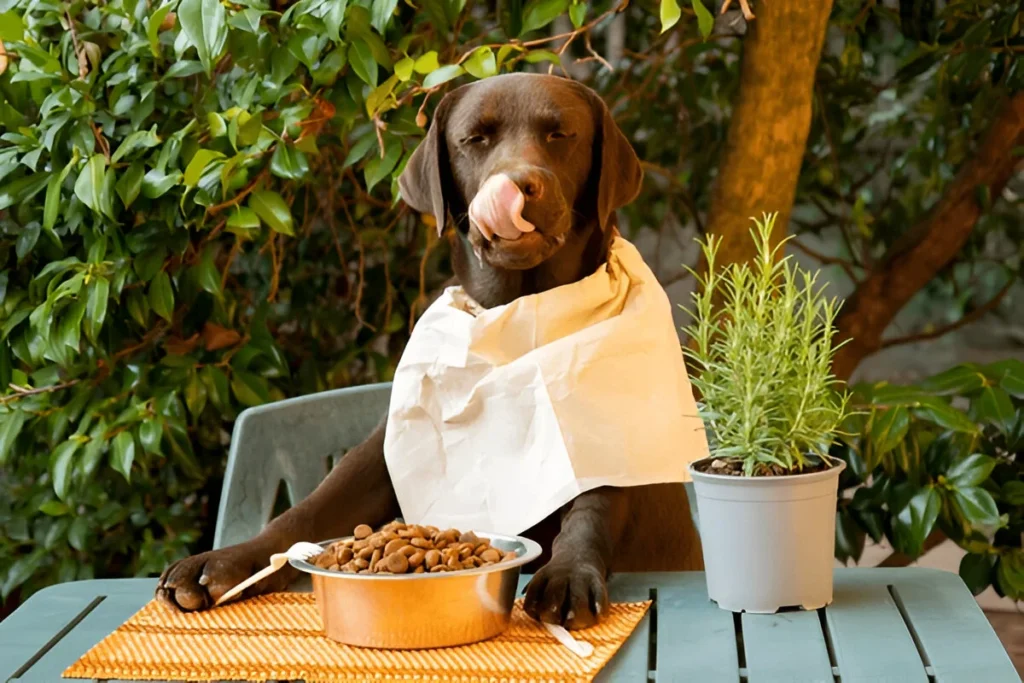-
Kutchina service center, Kolkata - 700010
Kutchina service center, Kolkata - 700010

Harmful Foods for Dogs can be dangerous if not avoided. Learn which human foods are unsafe and get guidance from a reputed pet clinic.
Dogs are more than pets—they’re family. Naturally, many dog owners feel tempted to share their meals, thinking a little taste won’t hurt. But what seems harmless to us can be life-threatening for them. Some foods we enjoy daily can disrupt a dog’s digestive system, damage vital organs, or even prove fatal.
Understanding Harmful Foods for Dogs is essential for every pet parent who wants to protect their furry companion’s health. This guide explores the most dangerous items, explains why they are unsafe, and suggests safer alternatives.

Unlike humans, dogs process food differently. Their bodies lack certain enzymes and metabolic pathways that allow us to safely break down substances in chocolate, onions, or grapes. Even small quantities can lead to:
Being aware of these risks can prevent emergencies and help you make better dietary choices for your pet.
Chocolate contains theobromine and caffeine, both toxic to dogs. Dark chocolate and cocoa powder are especially dangerous. Symptoms of ingestion include vomiting, rapid breathing, tremors, and even heart failure.
These may seem harmless but can trigger kidney failure in dogs. Even small amounts can cause vomiting, lethargy, and severe dehydration.
Onions, garlic, leeks, and chives belong to the allium family. They damage red blood cells, leading to anemia. Watch out for weakness, vomiting, or pale gums.
Even tiny sips of alcohol can cause intoxication in dogs, leading to vomiting, lack of coordination, seizures, or coma.
Avocado contains persin, which can lead to vomiting and diarrhea in dogs. The pit also poses a choking hazard.
Coffee, tea, and energy drinks contain caffeine that overstimulates a dog’s nervous system, causing hyperactivity, tremors, and possible seizures.
This sugar substitute, found in sugar-free gums and candies, causes a rapid insulin release in dogs, leading to life-threatening hypoglycemia.
Even a few macadamia nuts can cause weakness, vomiting, hyperthermia, and tremors in dogs.
While not always toxic, many dogs are lactose intolerant. Dairy can cause bloating, diarrhea, and stomach cramps.
High-fat foods can lead to pancreatitis—a painful and potentially life-threatening condition.

If you enjoy giving your pet a treat, stick to these safe and nutritious options:
Even with the best precautions, accidents can happen. Here’s what you should do:

Q1. Can dogs eat bread safely?
Yes, plain bread in small amounts is safe but offers little nutritional value. Avoid bread with raisins, garlic, or nuts.
Q2. What fruits are toxic for dogs?
Grapes, raisins, and avocados are harmful. Safe fruits include apples (seedless), bananas, and blueberries.
Q3. How dangerous is chocolate for dogs?
Even small amounts can be toxic, especially dark chocolate. The size of your dog and the type of chocolate consumed matter. Always treat it as an emergency.
Q4. Can I give milk to my dog?
Some dogs tolerate small amounts, but many are lactose intolerant. Safer alternatives include lactose-free milk products designed for pets.
Q5. What signs should I look for if my dog eats harmful food?
Watch for vomiting, diarrhea, lethargy, unusual behavior, or seizures. Contact a vet immediately if these appear.
Protecting your furry friend starts with knowledge. By avoiding Harmful Foods for Dogs and choosing safe, healthy alternatives, you can give your pet a long, happy, and active life.
When in doubt, always seek professional guidance. Trusted veterinary experts, like those at the Best Pet Clinic in Kolkata – APC Pet Clinic, ensure your dog receives proper care and treatment in emergencies.
Your dog doesn’t need a taste of everything on your plate to feel loved. What they truly need is protection from harm and access to the right nutrition. Staying informed, making mindful choices, and consulting veterinary professionals when needed will keep tails wagging for years to come.